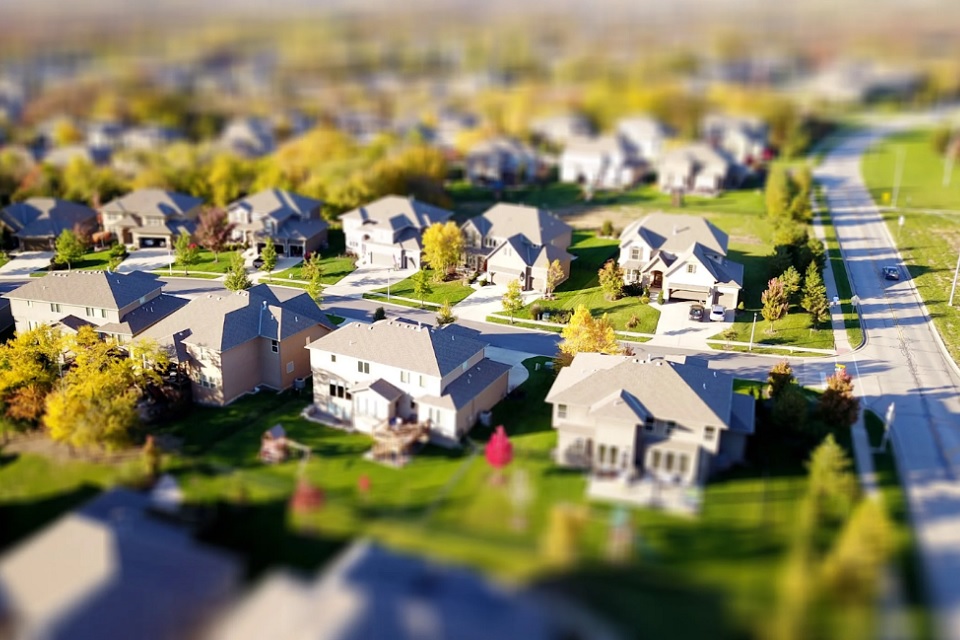Real estate development is a multifaceted process that involves transforming ideas and concepts into tangible structures.
Australian real estate developers play a pivotal role in shaping the urban landscape, creating communities and driving economic growth. In this guide, we will explore the journey of real estate development, from the initial concept to the final completion. If you’re looking to buy real estate in the near future, it would be good to learn about this process.
1. Conceptualisation & Feasibility Study
The first stage of real estate development begins with conceptualisation. Here, developers identify potential opportunities and evaluate the feasibility of a project. This involves conducting market research, assessing demand and analysing financial viability.
2. Land Acquisition
Once a project is deemed feasible, real estate developers proceed with land acquisition. This may involve negotiations with landowners, conducting due diligence and securing necessary permits and approvals.
3. Design & Planning
In this phase, architects and urban planners collaborate to create a comprehensive design that aligns with the project’s goals. Factors, such as functionality, aesthetics and sustainability are considered during the design process.
4. Obtaining Approvals & Permits
Real estate developers in Australia must navigate through a complex web of regulations and obtain necessary approvals and permits. This involves engaging with local authorities, ensuring compliance with zoning regulations and addressing environmental considerations.
5. Financing & Investment
Securing financing is a crucial step in the real estate development process. Developers may approach banks, investors or venture capitalists to fund the project. A detailed financial plan is crafted, taking into account construction costs, marketing expenses and expected returns on investment
6. Construction & Project Management
Once the financial aspects are in place, construction commences. Project managers oversee various aspects, including hiring contractors, managing timelines and ensuring quality control. Regular inspections and coordination are vital to keep the project on track.
7. Marketing & Sales
As the development nears completion, marketing efforts kick into high gear. Real estate developers employ various strategies to attract potential buyers or tenants. Showcasing unique features, organising open houses and engaging with real estate agents are common practices.
8. Handover & Maintenance
Finally, the completed project is handed over to buyers or tenants. The real estate developer ensures a smooth transition and may offer maintenance and support services for an agreed-upon period. Ongoing property management may also be a part of the developer’s responsibilities.
Conclusion
The process of real estate development involves a meticulous journey from concept to completion. Real estate developers play a vital role in shaping the urban landscape and creating vibrant communities. This is why it’s important for buyers to choose the right developer.
From conceptualisation and feasibility studies to financing, construction and marketing, each stage demands careful planning and execution. The collaborative efforts of architects, project managers and various stakeholders bring these visions to life. With each completed project, real estate developers contribute to the growth and development of cities, leaving a lasting impact on their surroundings.
As you embark on your real estate journey, be inspired by the dedication and expertise of Australian real estate developers. Embrace the possibilities and opportunities that lie within this dynamic industry. Remember, behind every remarkable development is a team of visionaries who transform dreams into reality.
